Details of the Target
General Information of Target
| Target ID | LDTP11899 | |||||
|---|---|---|---|---|---|---|
| Target Name | Charged multivesicular body protein 4b (CHMP4B) | |||||
| Gene Name | CHMP4B | |||||
| Gene ID | 128866 | |||||
| Synonyms |
C20orf178; SHAX1; Charged multivesicular body protein 4b; Chromatin-modifying protein 4b; CHMP4b; SNF7 homolog associated with Alix 1; SNF7-2; hSnf7-2; Vacuolar protein sorting-associated protein 32-2; Vps32-2; hVps32-2
|
|||||
| 3D Structure | ||||||
| Sequence |
MRRPSVRAAGLVLCTLCYLLVGAAVFDALESEAESGRQRLLVQKRGALRRKFGFSAEDYR
ELERLALQAEPHRAGRQWKFPGSFYFAITVITTIEYGHAAPGTDSGKVFCMFYALLGIPL TLVTFQSLGERLNAVVRRLLLAAKCCLGLRWTCVSTENLVVAGLLACAATLALGAVAFSH FEGWTFFHAYYYCFITLTTIGFGDFVALQSGEALQRKLPYVAFSFLYILLGLTVIGAFLN LVVLRFLVASADWPERAARTPSPRPPGAPESRGLWLPRRPARSVGSASVFCHVHKLERCA RDNLGFSPPSSPGVVRGGQAPRLGARWKSI |
|||||
| Target Type |
Literature-reported
|
|||||
| Target Bioclass |
Other
|
|||||
| Family |
SNF7 family
|
|||||
| Subcellular location |
Cytoplasm, cytosol
|
|||||
| Function |
Probable core component of the endosomal sorting required for transport complex III (ESCRT-III) which is involved in multivesicular bodies (MVBs) formation and sorting of endosomal cargo proteins into MVBs. MVBs contain intraluminal vesicles (ILVs) that are generated by invagination and scission from the limiting membrane of the endosome and mostly are delivered to lysosomes enabling degradation of membrane proteins, such as stimulated growth factor receptors, lysosomal enzymes and lipids. The MVB pathway appears to require the sequential function of ESCRT-O, -I,-II and -III complexes. ESCRT-III proteins mostly dissociate from the invaginating membrane before the ILV is released. The ESCRT machinery also functions in topologically equivalent membrane fission events, such as the terminal stages of cytokinesis. Together with SPAST, the ESCRT-III complex promotes nuclear envelope sealing and mitotic spindle disassembly during late anaphase. Plays a role in the endosomal sorting pathway. ESCRT-III proteins are believed to mediate the necessary vesicle extrusion and/or membrane fission activities, possibly in conjunction with the AAA ATPase VPS4. When overexpressed, membrane-assembled circular arrays of CHMP4B filaments can promote or stabilize negative curvature and outward budding. CHMP4A/B/C are required for the exosomal release of SDCBP, CD63 and syndecan. Majority of the protein exists in a folded closed conformation.; (Microbial infection) The ESCRT machinery also functions in topologically equivalent membrane fission events, such as the budding of enveloped viruses (HIV-1 and other lentiviruses). Via its interaction with PDCD6IP involved in HIV-1 p6- and p9-dependent virus release.
|
|||||
| TTD ID | ||||||
| Uniprot ID | ||||||
| DrugMap ID | ||||||
| Ensemble ID | ||||||
| HGNC ID | ||||||
Probe(s) Labeling This Target
ABPP Probe
| Probe name | Structure | Binding Site(Ratio) | Interaction ID | Ref | |
|---|---|---|---|---|---|
|
C-Sul Probe Info |
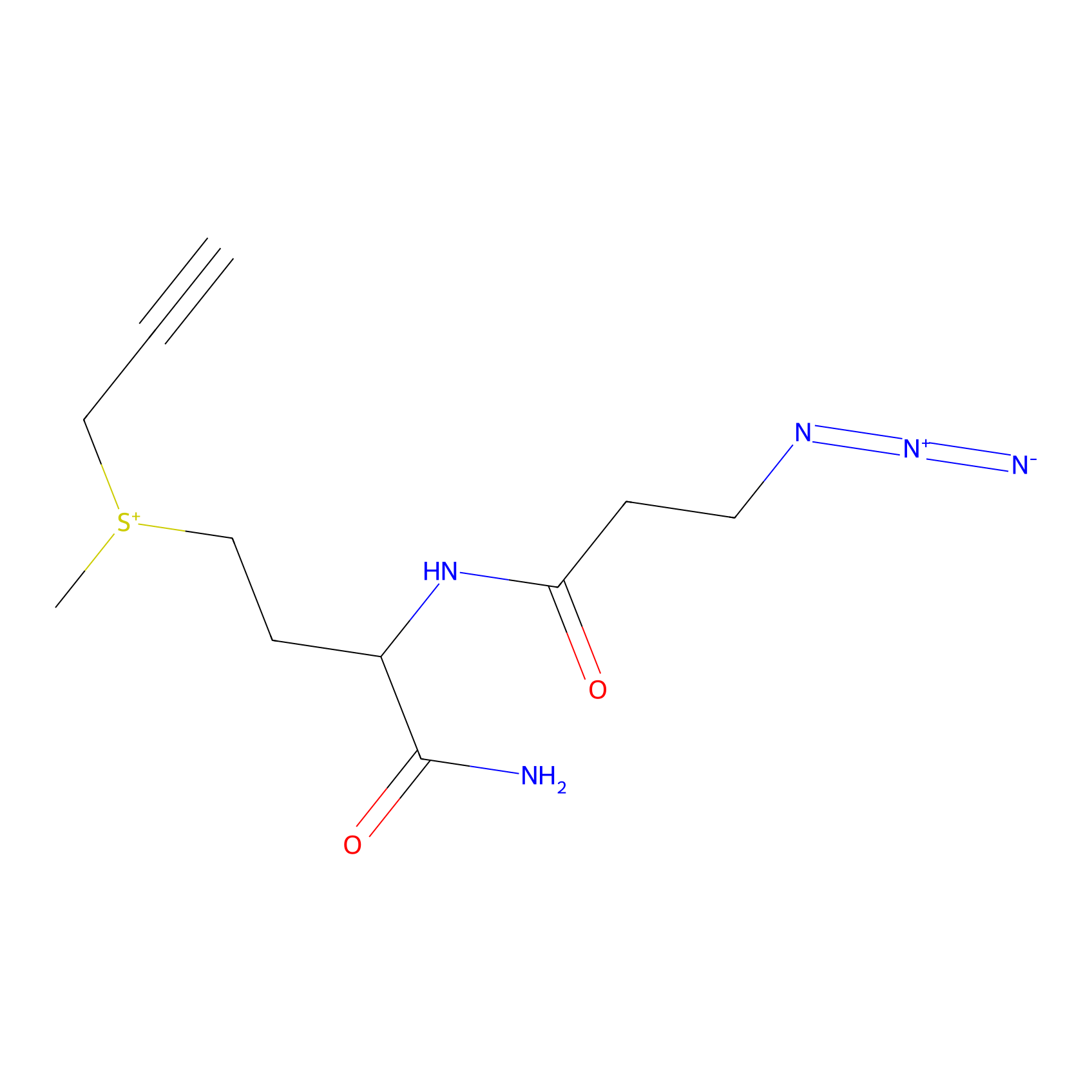 |
4.88 | LDD0066 | [1] | |
|
ONAyne Probe Info |
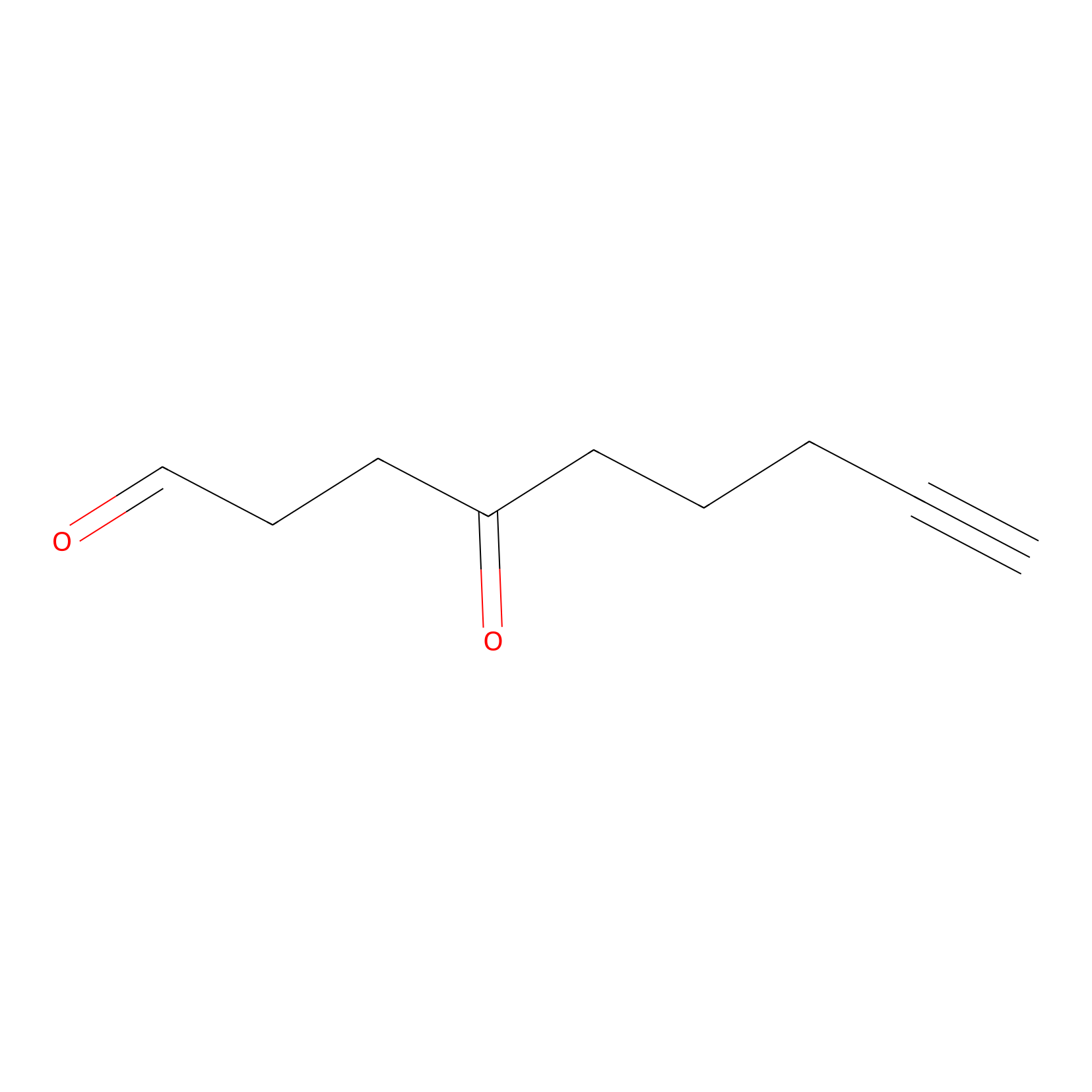 |
K39(0.56) | LDD0274 | [2] | |
|
Probe 1 Probe Info |
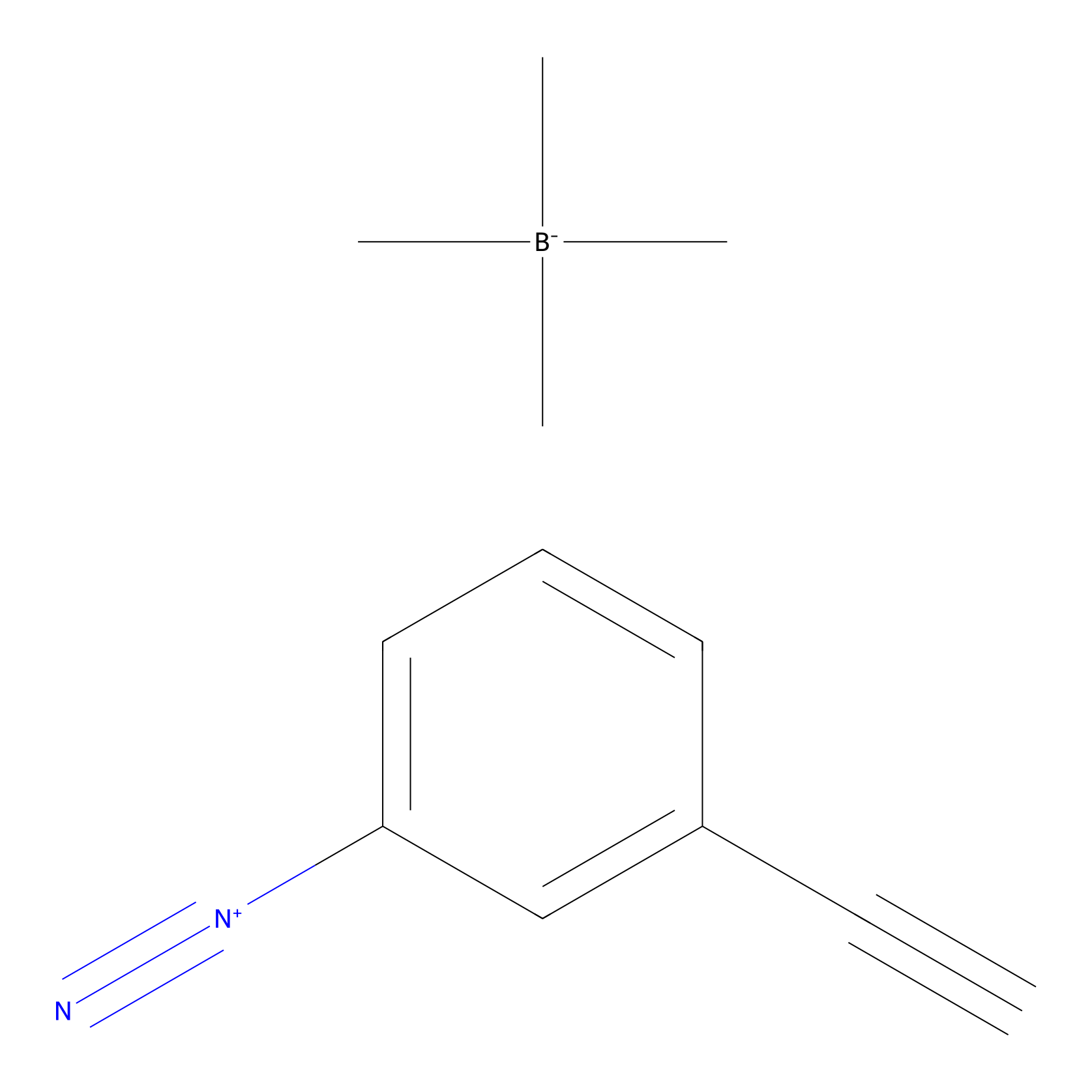 |
Y111(72.52) | LDD3495 | [3] | |
|
HHS-475 Probe Info |
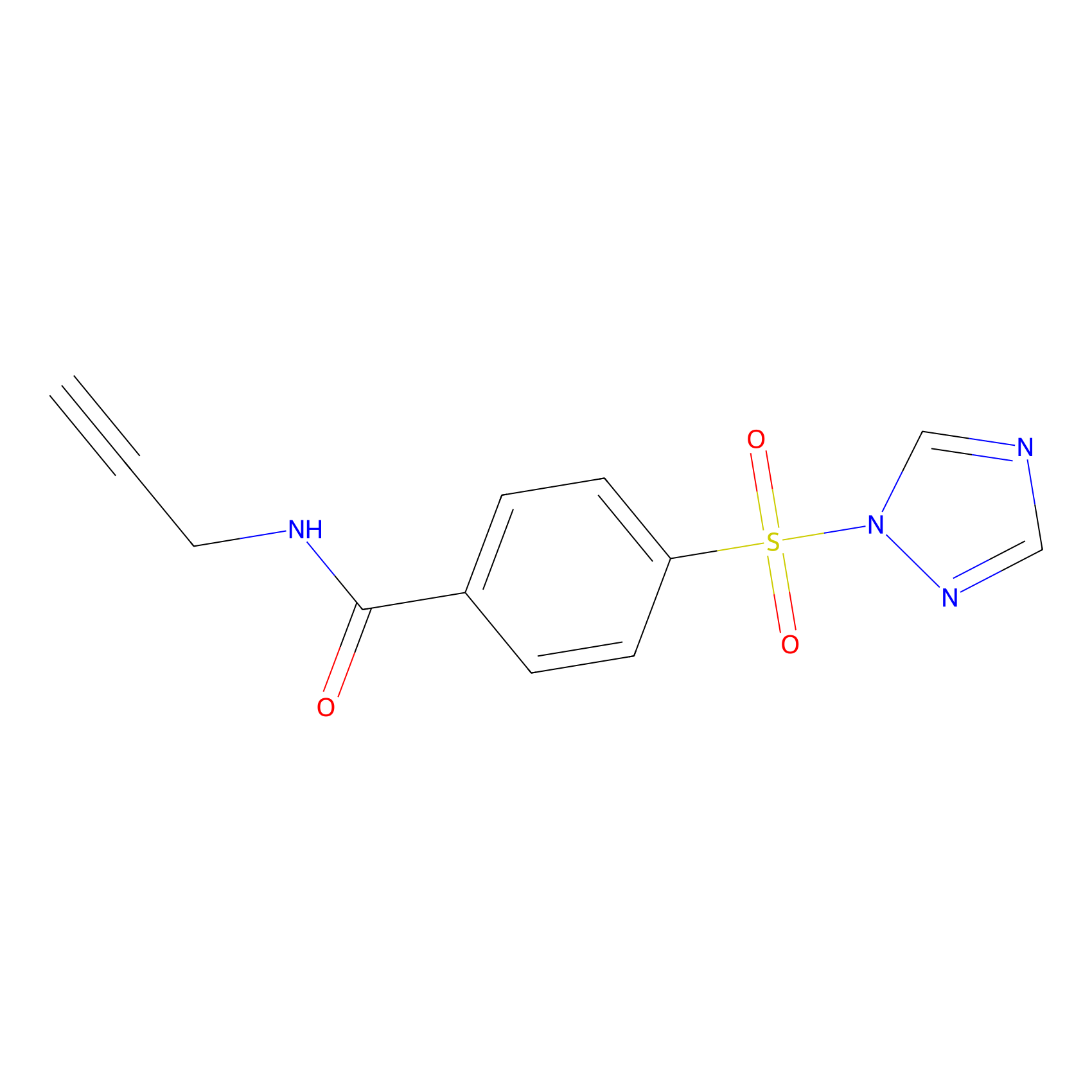 |
Y111(0.98) | LDD0264 | [4] | |
|
HHS-465 Probe Info |
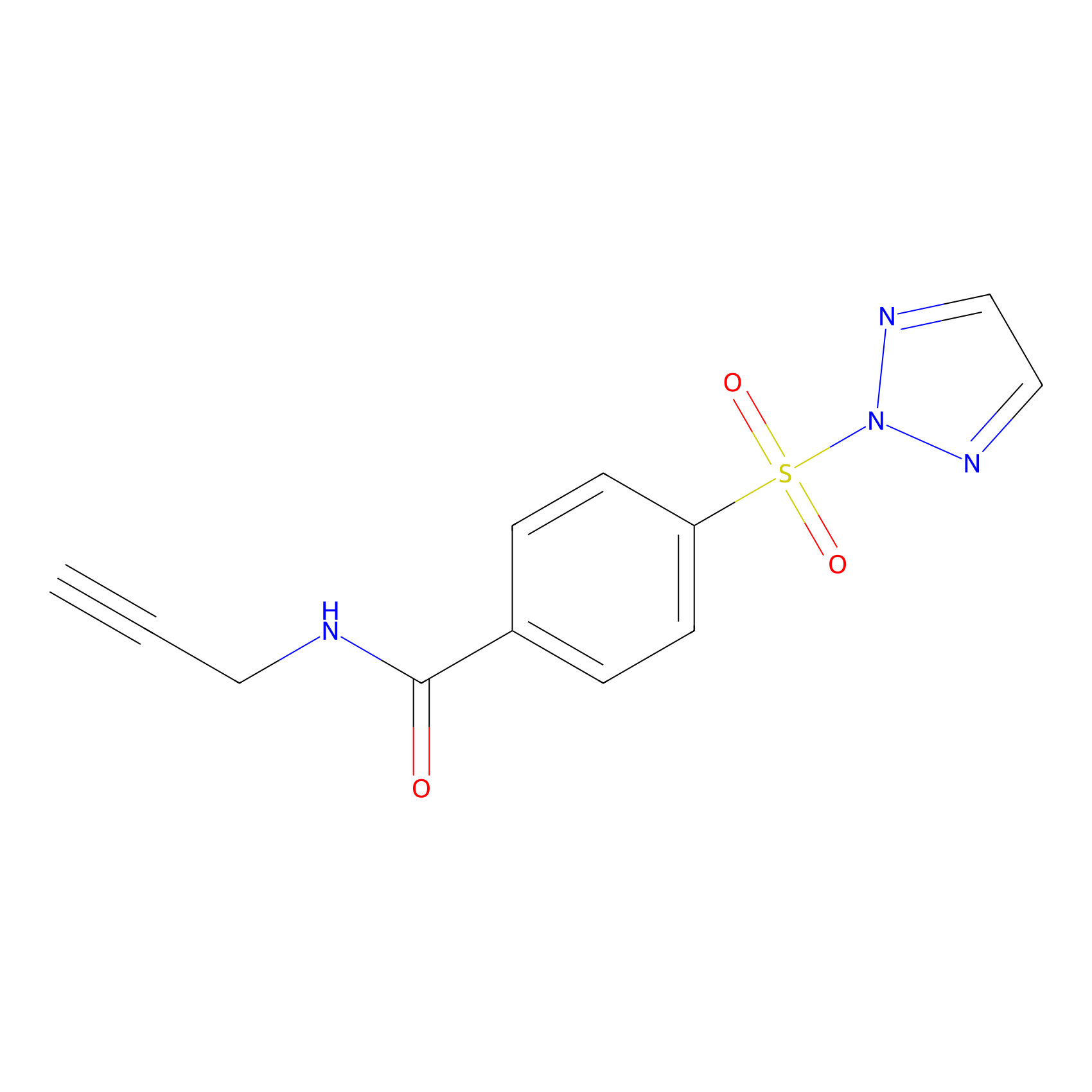 |
Y111(8.97) | LDD2237 | [5] | |
|
ATP probe Probe Info |
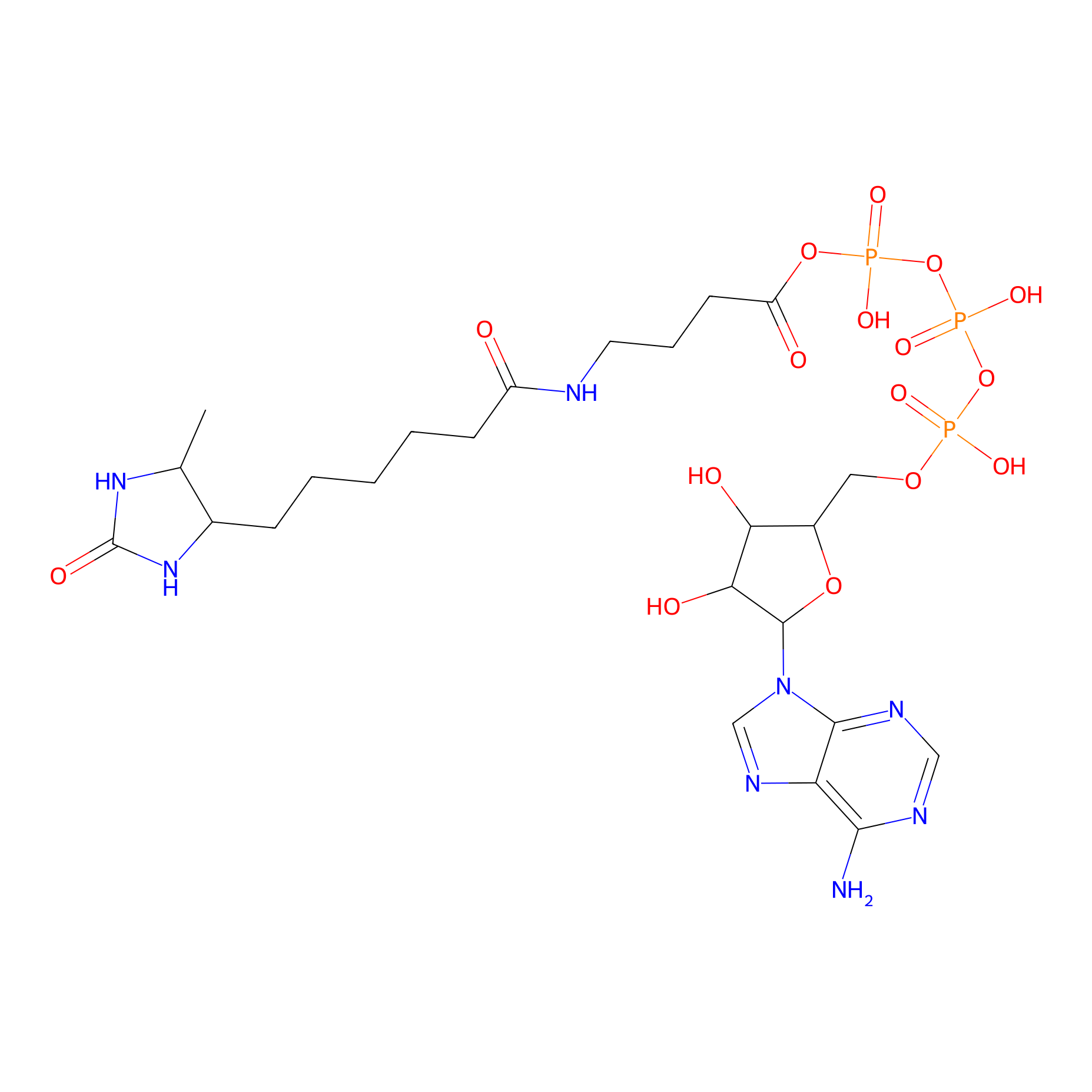 |
K14(0.00); K17(0.00) | LDD0199 | [6] | |
|
CY4 Probe Info |
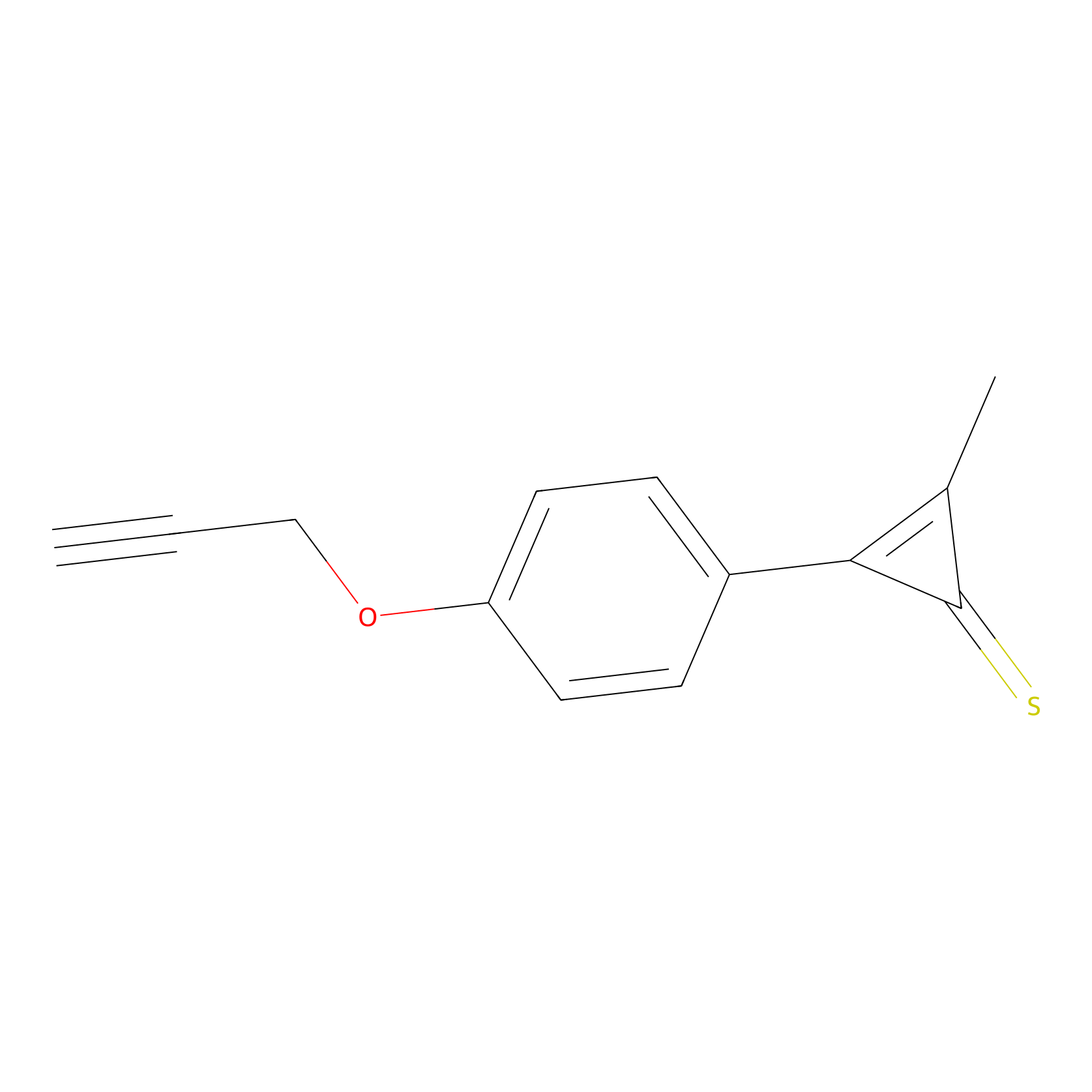 |
D31(0.00); T32(0.00) | LDD0247 | [7] | |
|
ATP probe Probe Info |
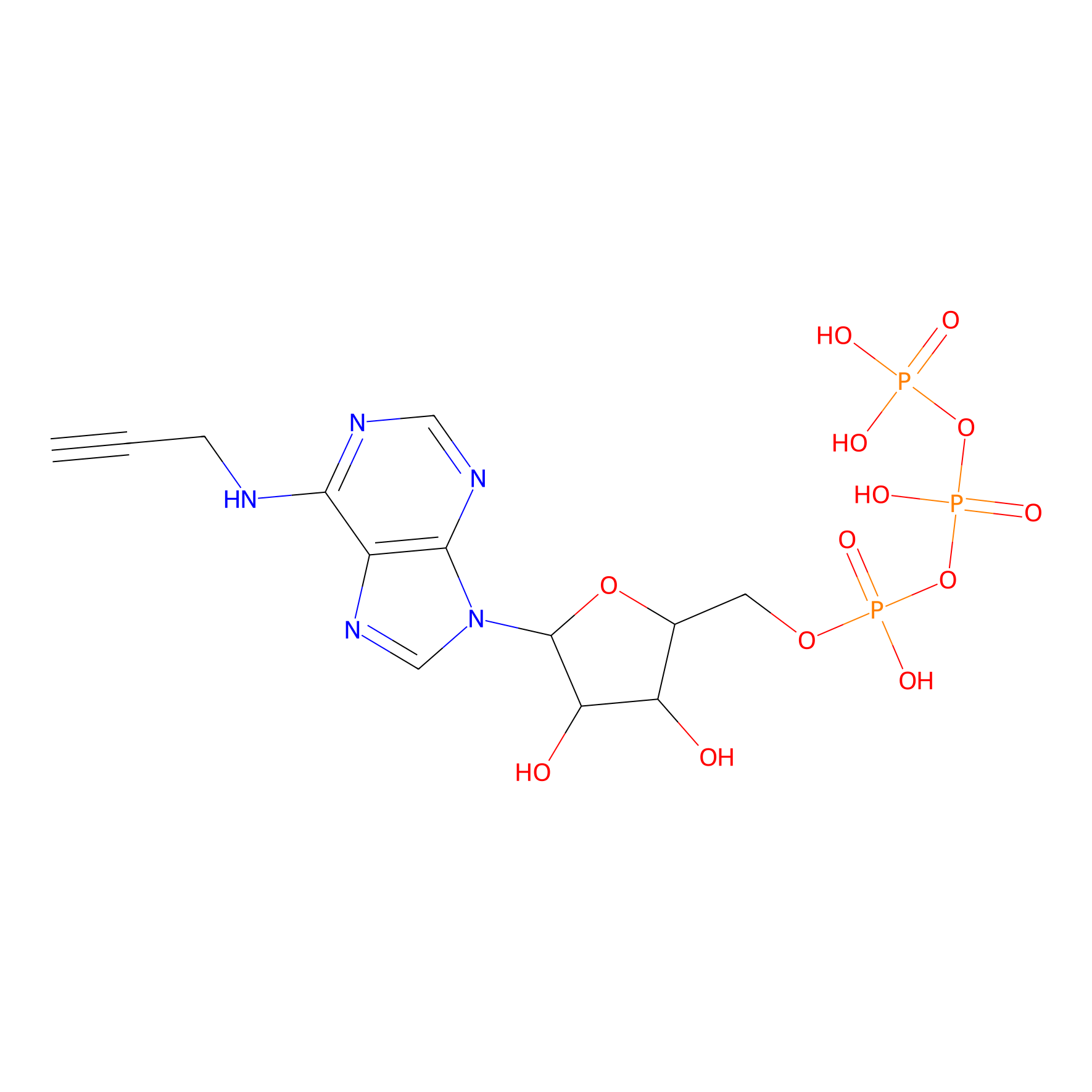 |
K70(0.00); K6(0.00) | LDD0035 | [8] | |
|
NHS Probe Info |
 |
N.A. | LDD0010 | [9] | |
|
STPyne Probe Info |
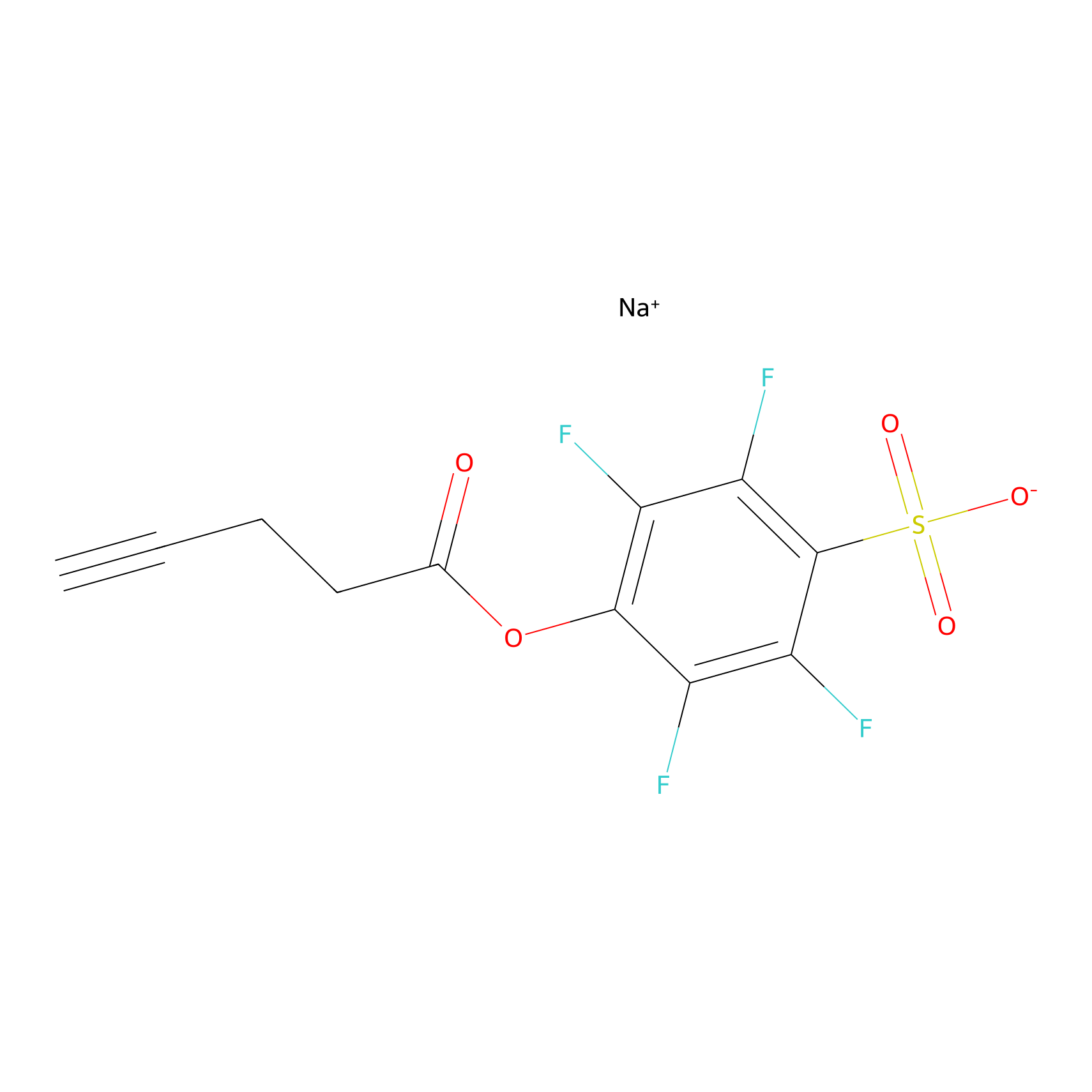 |
N.A. | LDD0009 | [9] | |
|
1c-yne Probe Info |
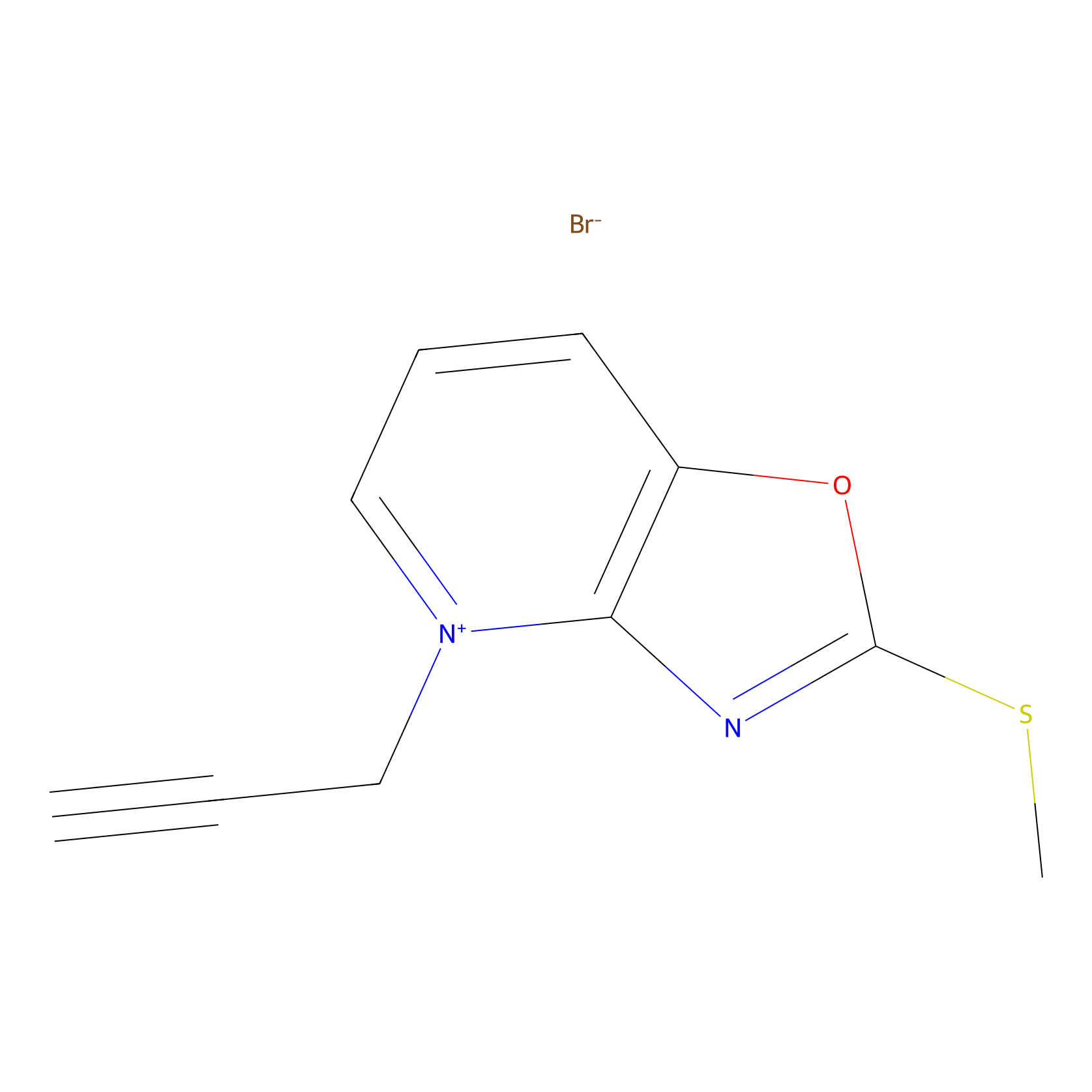 |
K17(0.00); K107(0.00) | LDD0228 | [10] | |
Competitor(s) Related to This Target
The Interaction Atlas With This Target
The Protein(s) Related To This Target
Enzyme
Transporter and channel
| Protein name | Family | Uniprot ID | |||
|---|---|---|---|---|---|
| Huntingtin (HTT) | Huntingtin family | P42858 | |||
Other
References
